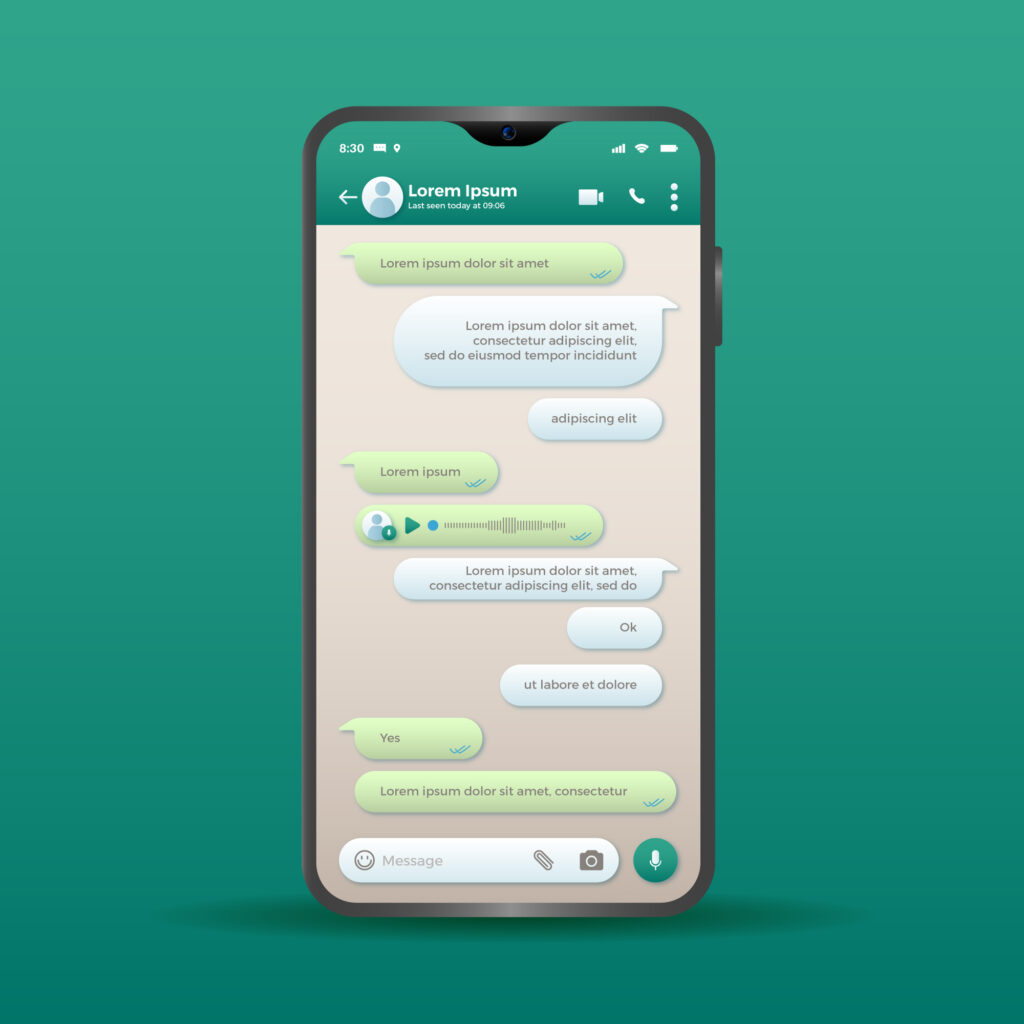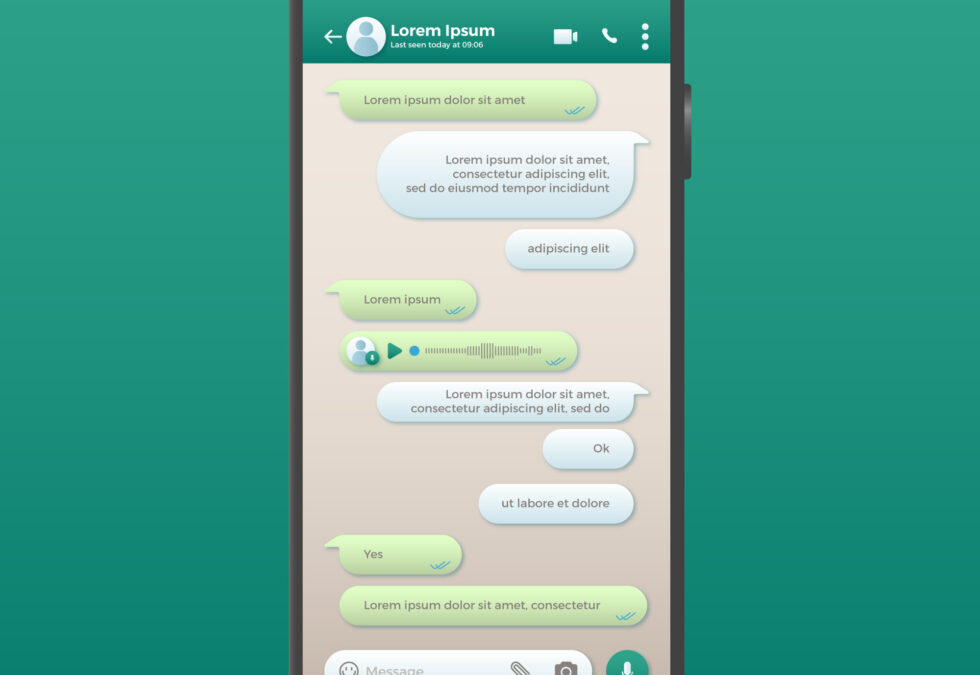
In recent years, the use of messaging apps such as WhatsApp to send messages and documents has become widespread.
According to Datareportal, approximately 90 percent of smartphone users in Spain use WhatsApp. The same source also suggests that users who have WhatsApp use it several times a day and prefer it over other messaging apps like Telegram.
These figures indicate that WhatsApp usage in Spain (and, according to Datareportal, globally as well) is universally widespread and generates a constant and high volume of message traffic.
Aside from its massive use, there is nothing that distinguishes these applications from any other means of communication, such as email or traditional mail. They are written messages, audio files, videos, and others that often contain expressions of will, and therefore, can generate commitments and obligations between the sender and the recipient.
Thus, it has become perfectly natural -and increasingly common- that when disagreements arise over what was agreed, and the matter ends up in court, these messages are submitted as evidence.
Such evidence is sometimes presented as documentary evidence, usually consisting of a screenshot or a transcript of the message.
The problem arises when the person affected by the message does not acknowledge having sent it (claiming they don’t remember sending it), or outright challenges it (claiming it’s false, that they didn’t send it, or that they said something different). In these cases, the burden falls on the party submitting the message to prove its authenticity, the authorship of the sender, and the integrity of the message, that is, that it hasn’t been tampered with.
In such a situation, if the conversation is not supported by other types of evidence (such as witnesses familiar with it, or other proof of the obligation), it will be necessary to submit expert forensic evidence. Otherwise, the court will be unable to give weight to that evidence and will therefore dismiss the claims of the party relying on the message—risking not only losing the case, but also being ordered to pay costs.
The Spanish Supreme Court already addressed this issue in Judgment 300/2015, of 19 May although in a criminal matter, its reasoning is frequently cited in civil court rulings:
“…The evidentiary value of a two-way communication via any of the many instant messaging systems must be approached with caution. The possibility of manipulation of digital files used to materialise these exchanges is a real concern. The anonymity allowed by such systems and the freedom to create accounts under a false identity make it perfectly feasible to simulate a communication where a single user interacts with themselves. Therefore, when the authenticity of any of these conversations is challenged, and they are submitted as printed files, the burden of proof shifts to the party seeking to rely on their evidentiary value. In such cases, it is essential to present expert evidence capable of identifying the true origin of the communication, the identity of the participants, and the integrity of its content.”
According to Jorge Coronado of Quantika 14, to conduct this type of analysis properly and issue a valid opinion on the origin and content of a message, it is necessary to examine the terminal’s database and verify that it has not been altered. Otherwise, as stated in the above ruling, doubts about file manipulation will invalidate the evidence.
In other cases, forensic experts use WhatsApp Web and limit themselves to certifying a recording of the browser session; this would also be insufficient and could easily be challenged in court through contradictory expert testimony or by cross-examining the expert to reveal that their report does not actually prove the authenticity of the messages.
Such verification of the database is meticulous, requires advanced technical expertise, and the use of specialised (and expensive) forensic tools hence, it entails a high cost.
In conclusion, while it is true -as some media reports have noted when commenting on the ruling of Court No. 6 of Granollers- that WhatsApp messages can be admitted as evidence, it is equally true that if they are the only or the main piece of evidence, it is highly advisable to support them with expert forensic analysis, and to ensure that the expert is sufficiently qualified to certify that the messages have not been manipulated.






